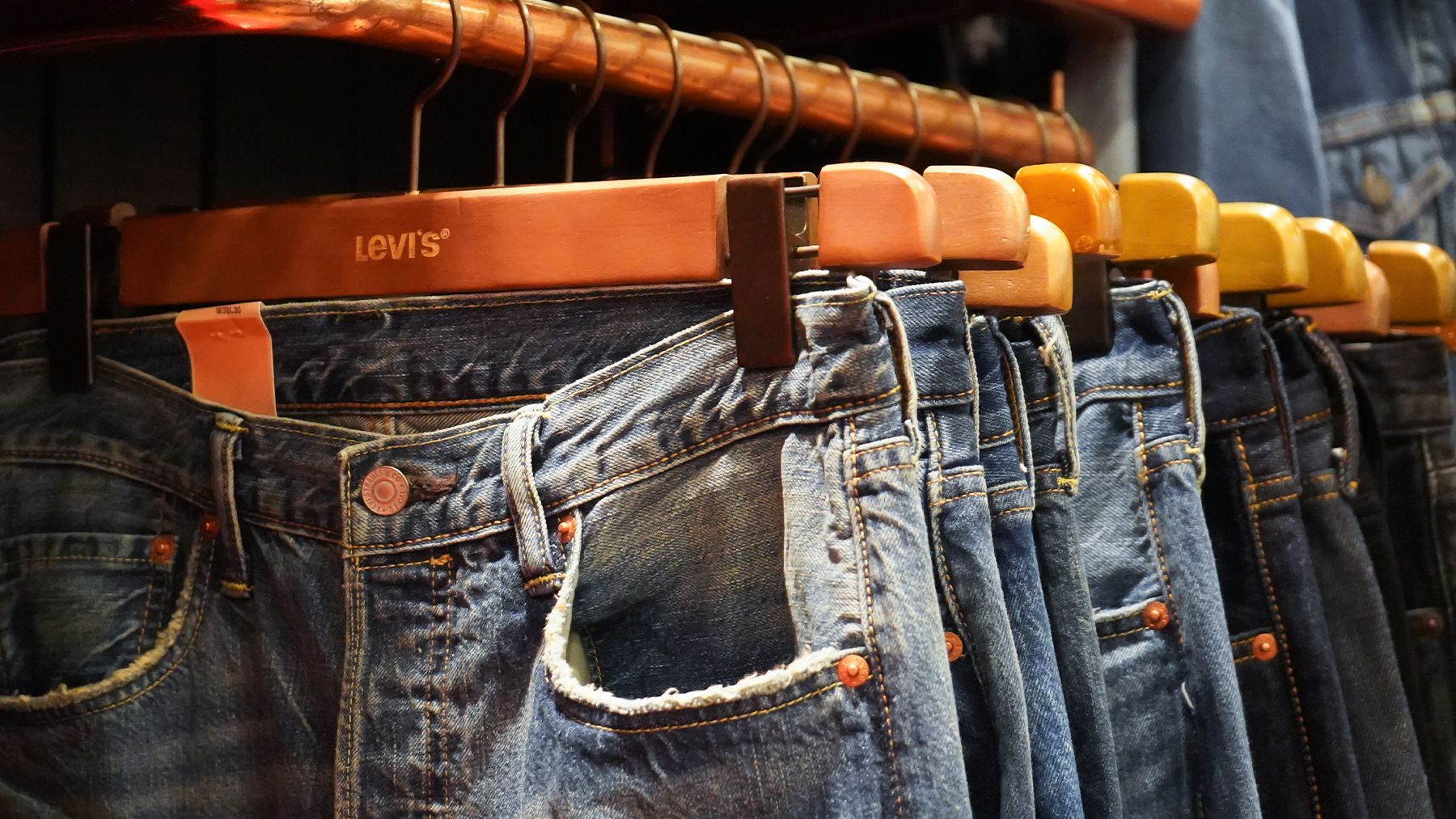
Levi Strauss & Co is expected to report a fall in quarterly sales for the first time in six quarters, as penny-pinched shoppers shift away from pricier jeans to more formal clothing and non-denim styles.
“While macro pressures have not impacted all apparel categories equally, denim has been a category feeling the brunt of a change in consumer spending patterns,” Citigroup analysts said in a note.
Coresight Research analyst Sunny Zheng expects the US jeans market to decline slightly this year. Euromonitor also estimates the market will grow a modest 3.8 percent between 2022 and 2027, after a 12.5 percent expansion over the last five years.
Clothing retailers American Eagle Outfitters and Abercrombie and Fitch also recently noted that shoppers were buying more cargo pants and corduroys as they refresh their wardrobes with more non-denim bottoms.
With the United States on the edge of a recession, shoppers, pressured by high inflation, are spending less on discretionary items like clothing, with the denim category, in particular, set for a slowdown following a demand surge in 2021.
A pair of Levi 501 Stretch Skinny Women’s Jeans currently costs $108. It was priced at $98 in Nov. 2019, according to Coresight’s Zheng.
While Levi’s benefited from the need for people to renew their wardrobe post lockdown, “the strength in terms of the customer needing to go back to denim and replenish will be much lower now,” Jane Hali & Associates analyst Jessica Ramirez said.
Single- and double-pleat trousers are growing in popularity, and consumers are preferring more wider leg and trouser-like silhouettes, said Halie LeSavage, fashion commerce editor at Harper’s Bazaar.
Analysts also expect Levi’s gross margins to come under pressure from higher inventory levels, increased promotions and a stronger dollar, even as its jeans became more expensive.
By Ananya Mariam Rajesh and Deborah Sophia; Editor: Anil D’Silva
Learn more:
Can Levi’s Be More Than a Denim Brand?
The American retailer wants to reach $10 billion in sales by 2027, with plans to open more stores, expand into new categories and potentially buy other fashion companies.



